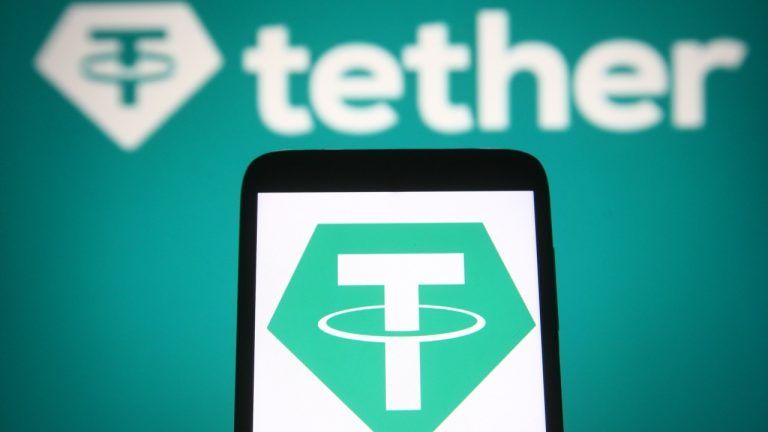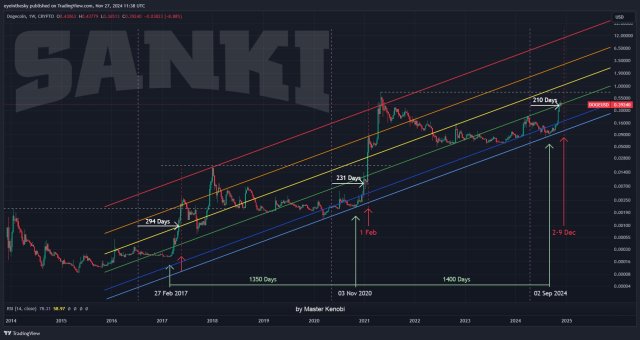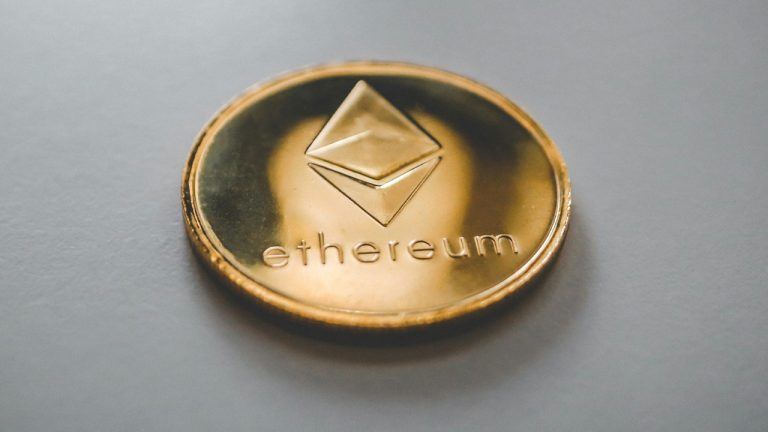They say that a little knowledge is a dangerous thing, and one of the most dangerous things in crypto is to buy into a limited narrative that takes a very complex issue and presents it as a very simple one. If you are relatively new to crypto and think that “it’s obvious”, then hopefully this post will leave you a little more doubtful. To paraphrase Jake from Adventure Time “realising you don’t know much about something is the first step to knowing a bit about something”.
One area where this is particularly pernicious is in “settlement layers” which broadly refers to Ethereum and its huge number of competitors and “ETH killers” in the form of AVAX, SOL, ADA, NEO, NEAR, DOT, ATOM and dozens of others. These products, that are all vying for essentially the same role in Web3, are a hotbed of disingenuous comparisons, marketing rhetoric, tricky number crunching, whataboutism and outright lies. It’s a minefield out there.
The basic form of narrative building among these “ETH killers” is this: “ETH doesn’t work. When it gets busy it gets too expensive and basically unusable. Here is ETH Killer X that is faster and cheaper.” There are probably a dozen projects in the top 50 who come from this angle, and it’s an appealing and simple to grasp narrative. The first mover has become expensive and slow, now is the time for a shiny new settlement layer to come through and take the crown. If you buy it now for a couple of dollars, you too can have an ETH-like 1000x. It’s a nice story, right? Yeah, it’s a nice story. Remember what I said about selling complicated stories as simple ones?
Before we go any further, what even is “settlement”? What part of the Web3 pie are these projects all competing for? Settlement basically refers to a transaction (swapping shitcoin A for shitcoin B, or shitcoin A for an NFT, or staking shitcoin A on a lending platform, etc) being performed and registered on a blockchain. So when you transact on Ethereum your transaction is recorded on the Ethereum blockchain, when you do it on Solana it’s recorded on the Solana blockchain, etc. And the cost of doing business on that platform is represented as fees that go to the parties that facilitate the transaction. This “pay to use” incentive which powers everything on Ethereum (in the form of gas fees), is a very profitable marketplace, and obviously the success of Ethereum and the huge amount of money it extracts through fees is the sort of game that a lot of competitors would like to get into.
Settlement is a huge part of Web3, if I was going to give a crude car analogy you could say that in the Web3 car, the settlement layer is the engine. Whoever provides the engine for this new form of internet will get a lot of money and power as a reward. No wonder there are more than a dozen competitors.
But this is where it gets messy.
Let’s say you’re new to the space and you’ve seen an advertisement for an ETH killer (I’ll call it Settlement Layer X, or SLX for short, but this can represent any of the products I listed above). You go to the SLX website and they have all sorts of amazing graphics showing that if ETH can “do” 7 transactions a second then SLX can do 5 million. And that SLX has an entirely new structure that no other product has, allowing for it to grow to an infinite size without slowing down. And you check the team and there is a formidable group of top-tier academics, cryptographers and businessmen behind it. Whoa, that’s impressive, right? And it’s only a couple of dollars? That’s a definite buy, right? That’s a simple, easy to understand story that makes perfect sense! Uh oh.
When you’re investing in anything like SLX you are investing in a race that has a dozen projects clustered around a first mover. By going to the SLX website you have learned about 1 of the horses in that race. Not even two. You haven’t actually learned anything about Ethereum beyond “it’s bad” and that “it’s bad” in the context of a competitor’s marketing, which should obviously be taken with a huge grain of salt. The temptation to dive into that cheap ETH killer is completely ignoring the fact that there are 10+ others out there, many of which advertise high transactions, many of which have extremely talented teams, and novel structures, and cool graphics. Surely you couldn’t be too confident about SLX until you’ve looked at ALL the others and made a comparison, could you? You don’t find the fastest car in the world by taking two random cars and racing them against each other, you need to test the entire field.
So, OK, let’s say you’re super motivated. Let’s say you decide to find every single major project that is aiming to perform transaction settlement and you go through all their marketing material and read about all their teams and make up some tables of your own that rank them all on all sorts of metrics. That’s awesome! But I can almost guarantee you will come out of that process less certain than you went in. The reality is that there are so many factors affecting the viability of these products that even the people building them can’t actually be certain that one approach will definitely eclipse all of the others. The actual capacity of any of these things to function at ETH-like scales and bigger is completely untested, and while you can find all sorts of secondary analysis it almost always boils down to “this project is good because I hold bags of it”.
Even if you go to the absolute extreme of learning the programming languages that these platforms are written in, and deep diving the code, it’s likely you will get so stuck in the weeds that no simple or unambiguous answers exist. And to make things even harder, by the time you do even get a decent understanding of how these settlement layers match up, the narrative might have moved on without you. Five years ago “the fastest settlement layer” (as in most transactions per second) was the goal, now the narrative is changing to things like the settlement layer being a data availability layer for Layer 2 rollups, which is its own intense competition between zero knowledge and optimistic solutions. What the hell does that gibberish even mean?
This is my point, crypto is hard and if it seems easy, be suspicious.
If you’re confused, if this seems a lot more convoluted and frustrating than it did before reading, good. The next question is “how do you roll this knowledge (that settlement layers are an extremely complex and dynamic field with a lot of highly resourced competitors) into a mature investment thesis? Well the question that I would ask is “if this particular part of Web3 is so fraught, if there are 20 teams trying to be the engine in the Web3 car, what other aspects or tools could possibly have less competition, or even just one competitor?” If there are 20 teams trying to build the Web3 engine, but only one team making wheels, and every Web3 car will need wheels, then it seems like a way, way smarter bet to back the wheel company, doesn't it? Certainly at least in the context of long term value investing.
I’m not actually going to offer up my take on what those wheel companies are. To do so would reduce this to a shill post when I really want it to be a starting point for a more nuanced investigation for you. But I hope at least you come away from this with an appreciation of how important it is to develop a deeper and broader understanding, how doing so can leave you less rather than more certain (and that’s good) and how superficial narratives, which control so much of the crypto hype cycle, should cause more skepticism than enthusiasm.
The first step to really making it is understanding that what we’re trying to comprehend here is not simple at all. Crypto is hard. Best of luck out there.
[link] [comments]

You can get bonuses upto $100 FREE BONUS when you:
💰 Install these recommended apps:
💲 SocialGood - 100% Crypto Back on Everyday Shopping
💲 xPortal - The DeFi For The Next Billion
💲 CryptoTab Browser - Lightweight, fast, and ready to mine!
💰 Register on these recommended exchanges:
🟡 Binance🟡 Bitfinex🟡 Bitmart🟡 Bittrex🟡 Bitget
🟡 CoinEx🟡 Crypto.com🟡 Gate.io🟡 Huobi🟡 Kucoin.




















Comments